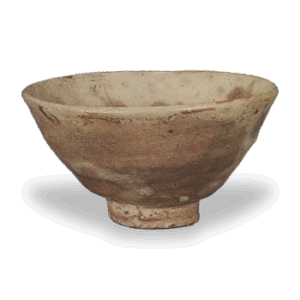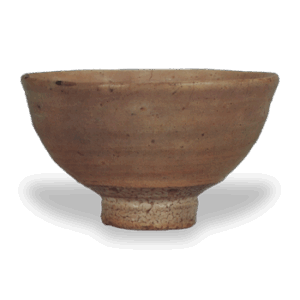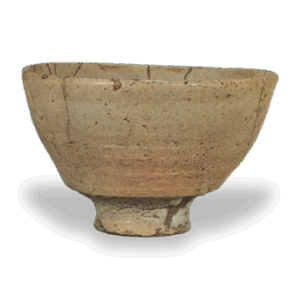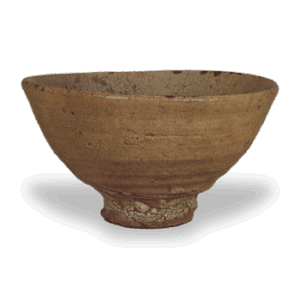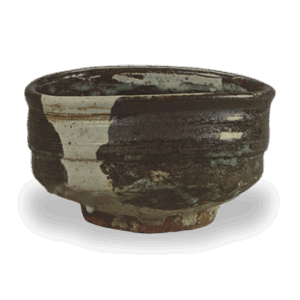Cracks appearing on the glazed surface. It is the same for glaze cracks, glazes, and glaze glazes. As described below, various characters can be applied to it, but currently the most commonly used characters are kan-in and kan-milk. In China, it is called kaikaigata and has long occupied an important position in the appreciation of ceramics. In Japan, Satsuma, Awata, and Hagi ware are famous for their cracked glazes. Cracks in the glaze are considered a kind of decoration, and black or reddish brown is sometimes applied to clarify them. In other words, immediately after unloading from the kiln, they are dipped in black ink or reddish-brown juice, or coated with it. After a long time has elapsed after unloading, the gaps become blocked and it is not possible to insert them between the gaps. Although it is difficult to determine all the causes of penetration, it is probably due to the different degrees of expansion and contraction of the base and glaze during the firing and cooling processes. Of course, there are other causes of nannyu (penetration) as well. Some examples of the kanji used for kan-iri are: nyumi, chained nyumi (“Yugaku Orai”), kanyo (“Shakuso Orai”), kan (“Kuntai Kanzen Choki”), yao-sen (“Chagu Biyou Shu”), kan-iri (“Shiojiri”), hyaku-tsushi, hyo-mon, hyo-saki-shimon, hyo-tsushi, shakimon (“Meimono Roku Chou”), untun (“Raku Yaki Hibyoku”), guanyo (“Baien Diary”). ), kannyu, kan-iri, hi-iri, hi-iri, and reki-iri (“Daigonkai”). Shiojiri” means “crotch in”. It is called so because it is cut inward.
